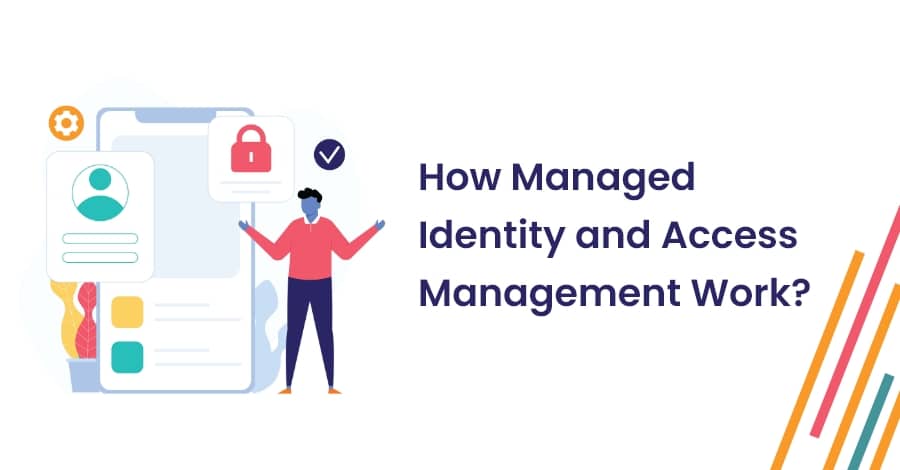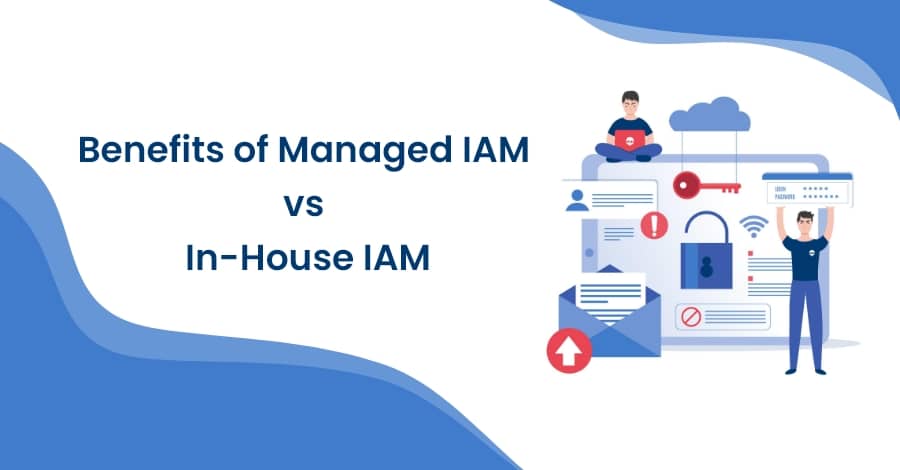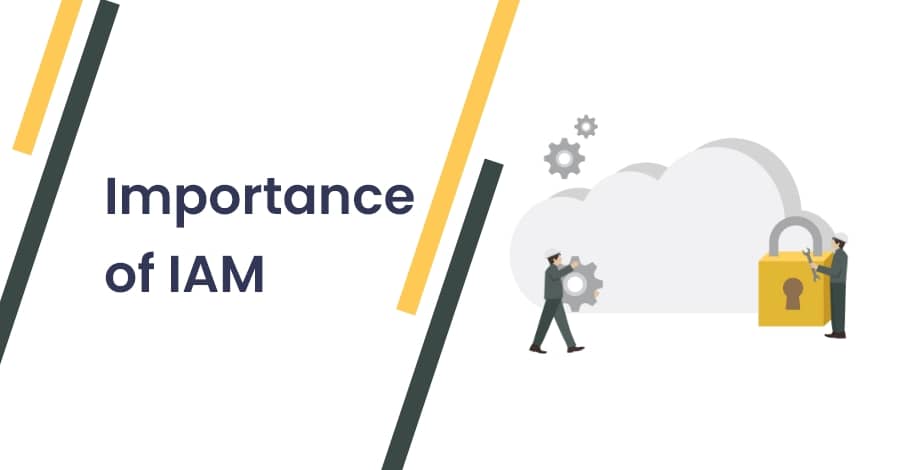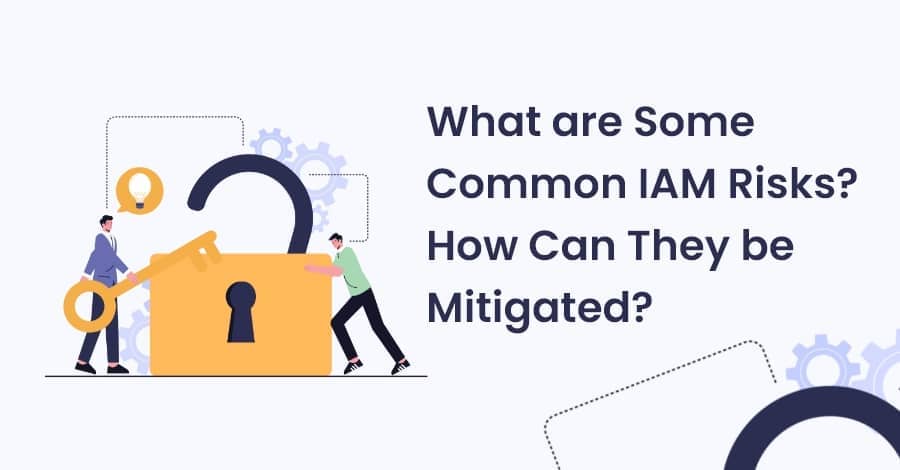
17 Aug How Managed Identity and Access Management Works
17 August 2022

When a company has multiple locations, departments, and business units, it can be challenging to manage user accounts and monitor access privileges. Unnecessary privileges let users see confidential information they shouldn’t or give them access to systems they shouldn’t have. Insufficient privileges make it hard for users to complete their jobs effectively.
With managed identity and access management (IAM), you can simplify your user account system so that everyone has the right permissions at all times. No one user should have more privileges than necessary, but no user should have fewer privileges than necessary either. This article will help you understand how managed IAM works so you can decide if it’s right for your company.
What is Managed Identity and Access Management?
Managed identity and access management (IAM) is a service that helps companies manage their user accounts. With IAM, employees can sign into any system with the same credentials they use to log in to the company network. When they log in, the IAM system checks to see if they have the right permissions to access the system.
When employees need new access rights, they can use IAM to manage their user accounts. IAM supports two different types of authentication. Password authentication and biometric authentication. Password authentication uses an employee’s password to verify their identity. Biometric authentication uses fingerprints, eye scans, or other biological indicators to verify a user’s identity. IAM can support both kinds of authentication for each user in the system.
How Managed Identity and Access Management Work?
Managed identity and access management is the process by which organizations manage their identity, access, and privilege policies. Managed IAM is most commonly used to regulate user access to systems, networks, and resources.
IAM systems must perform three critical functions: identity, authenticate, and authorize. This means that only specific persons will be able to use software, hardware, devices, or other resources to do work-related tasks.
IAM includes role-based access control (RBAC). This enables management of access to software or network systems based on internal user role groupings.
While some individuals could simply have access to read a file, others might be able to create or alter it. It’s possible that certain user roles will never be able to access the file. When RBAC is used, each role is determined by the user’s job and primary duties; access is not provided if the resource is unrelated to the job.
Managed IAM enables system administrators to observe user actions, provide reports, and enforce data governance policies in addition to access control.
For example, if you want a certain user to only have read-only access to a certain area of the system, you will create a role for “Read Only Operator” that only allows them to view that area. Once these steps are complete, you can begin monitoring who enters and exits the system. This can be done by tracking the login and logout times for each user and comparing this information with the number of records accessed per day for each role.
How Star Knowledge Managed Identify and Access Management will work for you?
The Star Knowledge Identity and Access Management Services – managed identity can assist you in identifying the underlying causes of problems with your IAM program and transforming it to better serve your business and IT needs.
To achieve its objectives and manage its operations, it must continuously improve and optimize. Our team of experts integrates shapes IAM Managed services to fit your organization, giving you access to a complete range of integrated Identity and access governance, administration, and Access Management (Authentication, Authorization) capabilities.
Our Managed IAM Services brings all the parts together to get you a seamless and flexible working mechanism. For your business, we can develop the right IAM solution. Not only can we set up a system for your business, but we can also provide concierge-managed services to continuously support your IAM solutions. Contact us to know more about our managed IAM services and how we help safeguard your company.
Our Related Posts
The Benefits of Managed IAM vs In-House IAM
In this digital information age, companies are increasingly looking for help with technology ….
Importance of IAM
Why You Need IAM For Your Company: It’s Not Just For IT! Today’s businesses are faced with a barrage of new challenges every day….
What are some common IAM risks and how can they be mitigated?
A key goal of enterprise security is to prevent attacks and reduce the damage they can cause. One often overlooked way….





No Comments